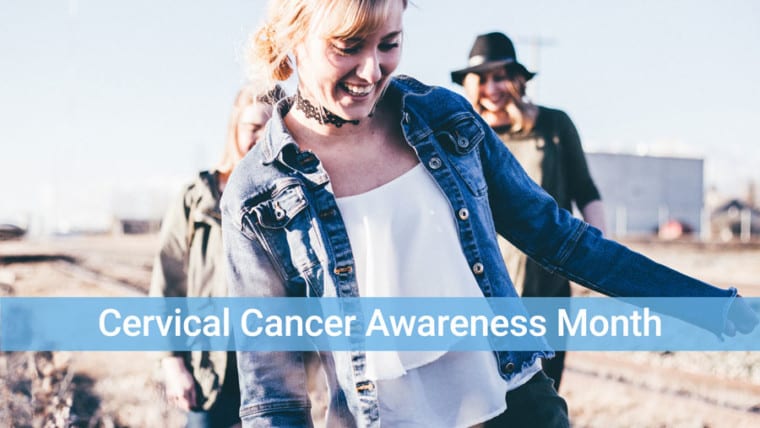What Are Eating Disorders?
Eating disorders are now categorized as a mental illness. It recognizes the fact that the distorted views of the body is an integral part of the diagnosis. While eating disorders can be treated, left untreated, the disorder can be fatal. Most times the disorder is underrecognized making it harder to intervene early enough to reverse it. Eating disorders are constant patterns of unhealthy eating styles due to distorted beliefs about weight and body shape. Cases occur around the world, but significantly more occur in first world countries. At least 30 million people suffer from eating disorders in the U.S. alone. There are several categories of eating disorders: anorexia nervosa, bulimia nervosa, Avoidant-restrictive food intake disorder, and binge-eating.
Symptoms of Eating Disorders
• Control of food is a primary concern
• Intense preoccupation with weight
• Restricting certain foods from your diet
• Experiencing discomfort eating around others
• Skipping meals
• Frequently checking how you look in the mirror
• Extreme mood swings
• Menstrual irregularities
• Dressing in layers
• Drinking excessive amounts of water
• Other health problems such as dental issues
• Self-worth based on weight

What is Anorexia Nervosa?
Anorexia is the third leading chronic disease in adolescent girls following obesity and asthma. The condition is self-induced and results in a body weight 15% below the expected weight based on their growth curve. It is associated with body distortion and intense fear of gaining weight. Anorexia nervosa is centered around the individual’s thoughts and worries about their size and sense of self. Girls are by far more affected than boys. Insight into the seriousness of the disease is underestimated and down-played contributing to the lower long- term treatment success. Intentional efforts to avoid weight gain is another part of the diagnostic criteria. Diagnosis is often delayed as it takes time to suppress BMI enough to cause identifiable symptoms. It is considered a mental disorder and one in five deaths of those who have anorexia nervosa is by suicide.
What Is Bulimia Nervosa?
Bulimia Nervosa more common in women and diagnosed in over 3 million people per year. The condition has component of binge eating followed by extreme efforts to undo the consequences. The behavior must be experienced at least once a week for at least 3 months to be diagnosed with this condition. This condition is different from overeating because overeaters do not try to compensate or undo the previous behavior. During these binge-eating episodes, the person has lost the ability to control their intake and have difficulty stopping. After these episodes, the individual tries to relieve the guilt by excessive exercise, forced vomiting or misuse of laxatives. Most people with bulimia nervosa believe their self-worth is based on their weight. Most women’s weight is considered in the normal range which makes diagnosis more difficult.
What Is Avoidant-Restrictive Food Disorder?
This disorder presents similarly to anorexia. A child may have adverse sensory awareness of foods and avoid foods due to textures or other sensory disturbances. Significant weight and growth delays are observed. The child is concerned about the consequences of eating certain foods and therefore may need supplements or even tube feeds to correct. The condition interferes with interpersonal relationships and focuses on their daily activities.
What Is Binge-Eating Disorder?
Many people believe binge-eating disorder is the same as bulimia nervosa. Binge-eating disorder is diagnosed in individuals that eat large amounts of foods when not hungry and eat to feeling over full. The episodes are associated with feelings of extreme guilt. Binge-eaters are typically overweight. Individuals with binge-eating disorder do not partake in binge-eating regularly. This condition used to be described as compulsive overeating and emotional eating. Almost 3% of Americans have experienced binge-eating disorder at some point in their adult life.
Who Is at Risk?
Female athletes are at higher risk for eating disorders due to the competitive environment. Young girls are more influenced by society’s obsession with thinner women. Female gymnasts, ice skaters, dancers, swimmers, male wrestlers, bodybuilders, runners, cyclists, and football players are the most common athletes that suffer from eating disorders. White females suffer the most from eating disorders, but African American, Hispanic and Asian women suffer from body dissatisfaction as well.
Consequences of Eating Disorders?
Eating disorders are one of the leading causes of years of life lost due to death or disabilities in young women. Anorexia nervosa has one of the highest mortality rates out of any psychiatric disorders. The risk of death is higher than depression, alcoholism and schizophrenia. About 10% of women with anorexia nervosa die due to complications of the disorder. Other problems include osteoporosis, gastrointestinal issues, and dental problems.
Treatment for Eating Disorders:
For anorexia nervosa, the first step is refeeding and reaching goal weight as soon as possible. Reaching goal weight has positive predictive factor for full recovery in most patients that achieve this. It is important that the restoration of weight be aggressively pursued even in the face of patient anxiety. Family-based therapy is a newer approach in the treatment of anorexia and has been shown to be very successful within the first year in about 2/3 of patients whereas traditional therapy helps 1 in three over a longer period of time usually 2-5 years. Family therapy focuses on results and actions and not feelings. For bulimia nervosa and binge eating disorder, cognitive behavioral therapy (CBT) is the treatment of choice. Medications can be used adjunctively to help manage anxiety in bulimia and binge eating.
Resources:
National Eating Disorders Association
Helpline – National Eating Disorders Association
(800) 931-2237
Overeaters Anonymous
1-505-891-2664
National Association of Anorexia Nervosa and Associated Disorders
1-630-577-1330




